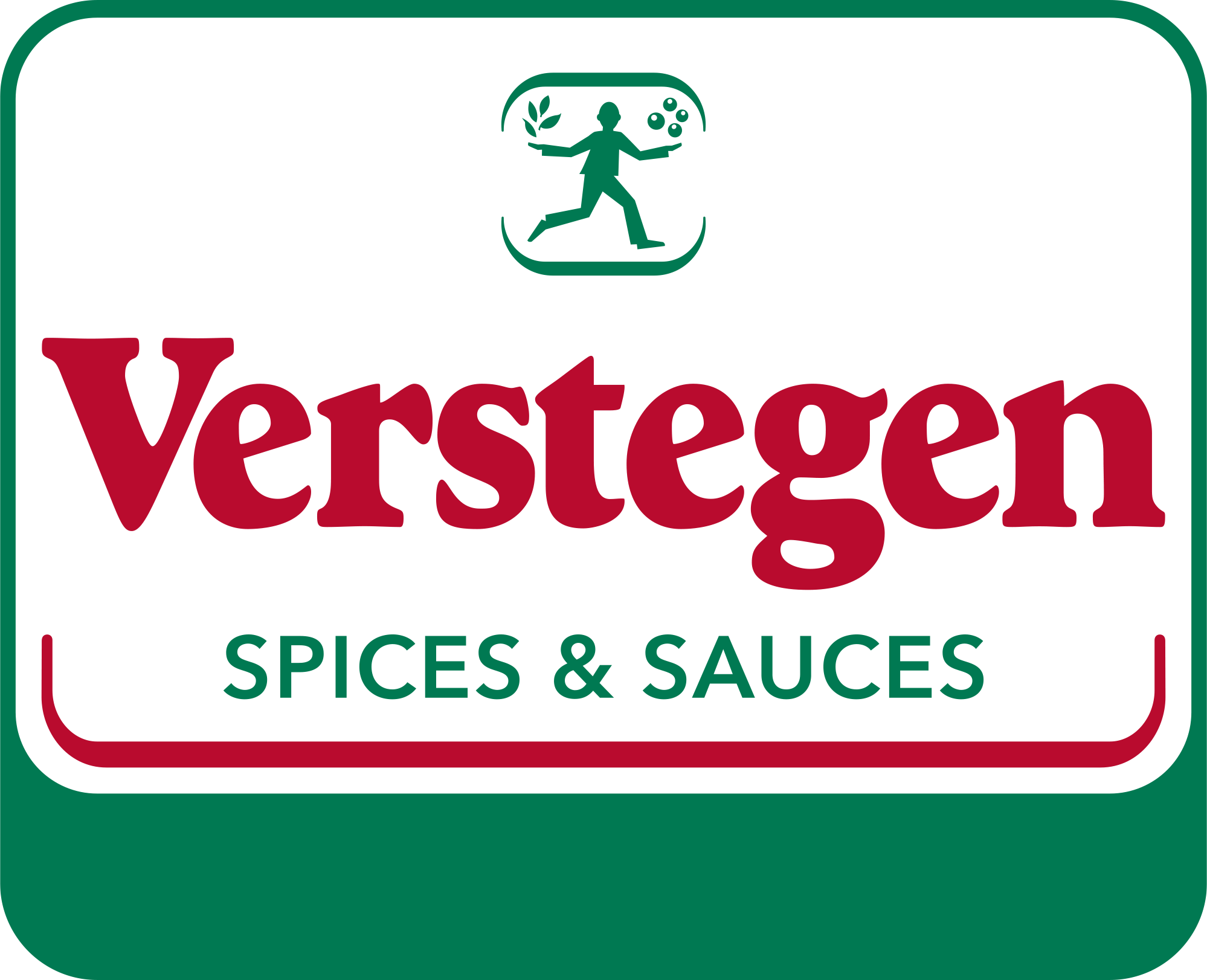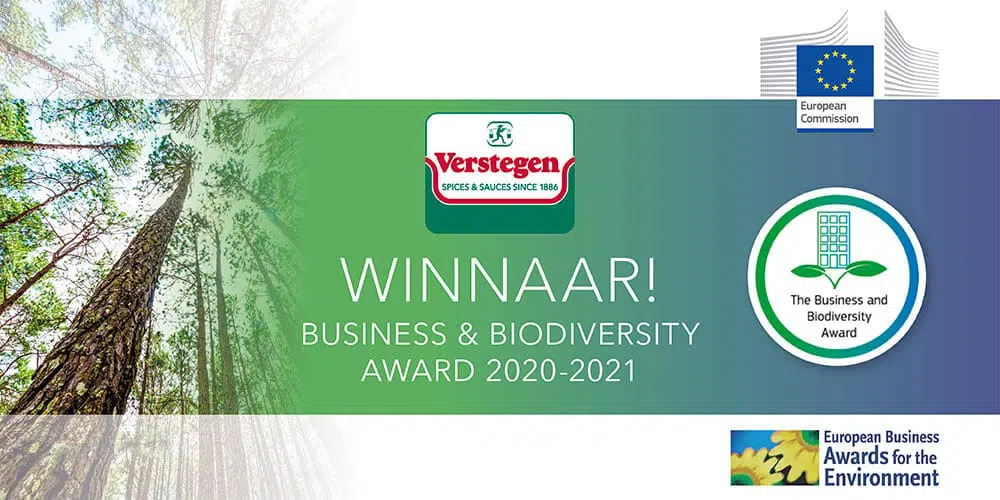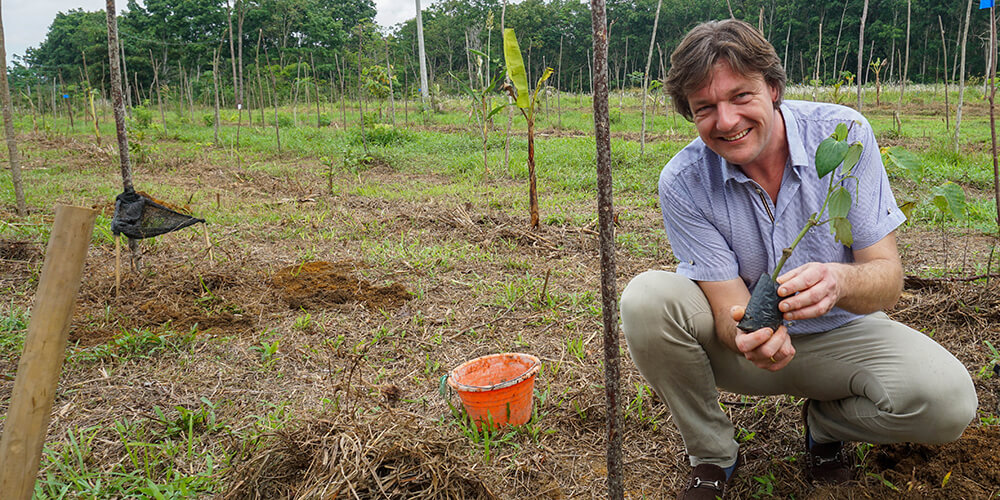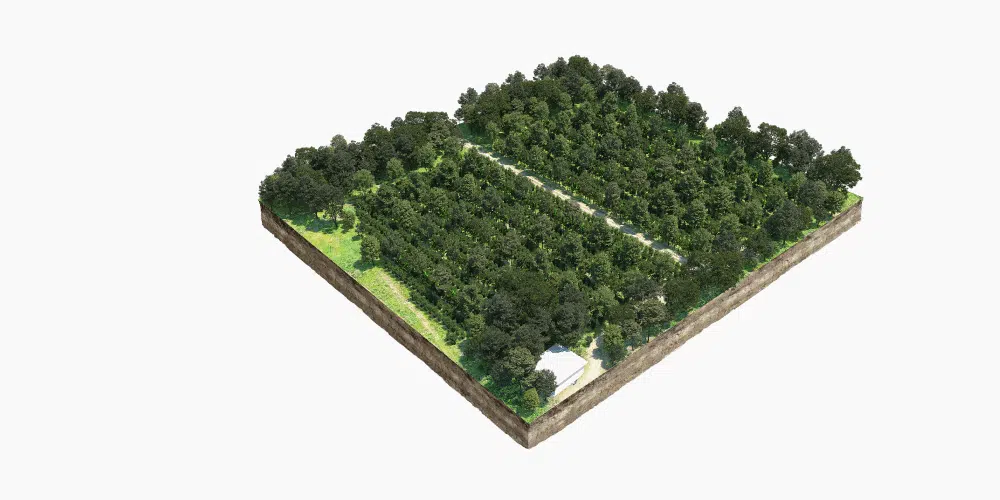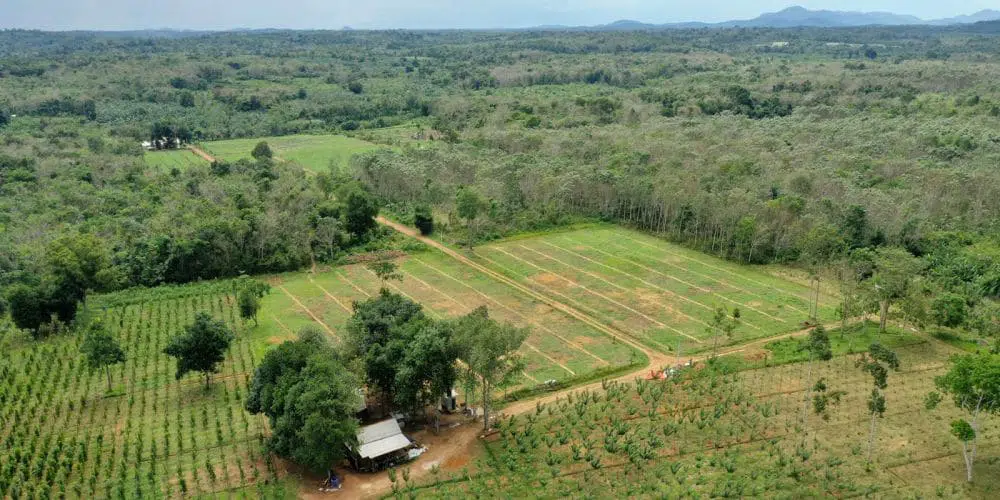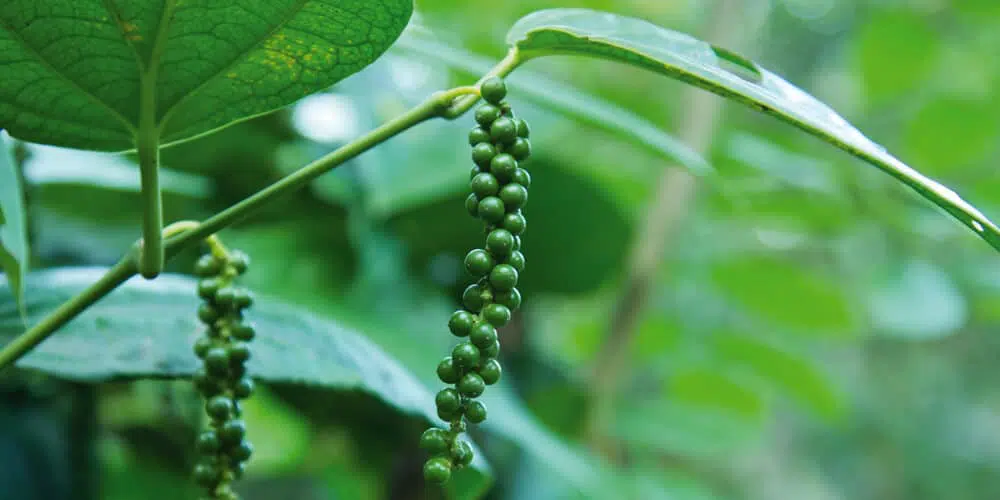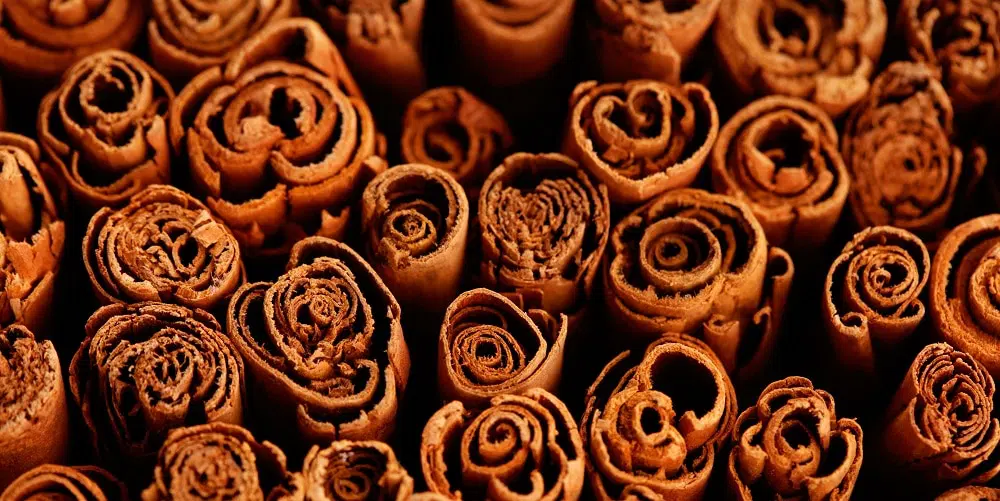Agroforestry
Agroforestry is a sustainable agricultural system officially called ‘regenerative agroforestry’. With this system, different crops on the same piece of land absorb CO2 from the air. In addition to CO2 uptake, this agricultural method also yields more biodiversity, higher yields for farmers, healthier plants, better harvest quality and better soil conditions.
